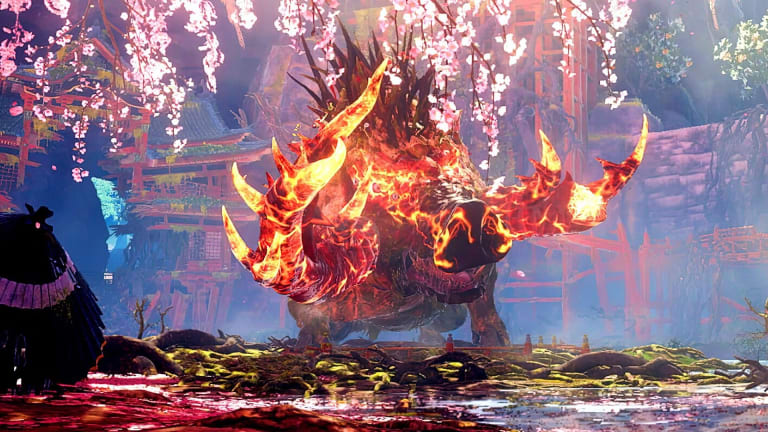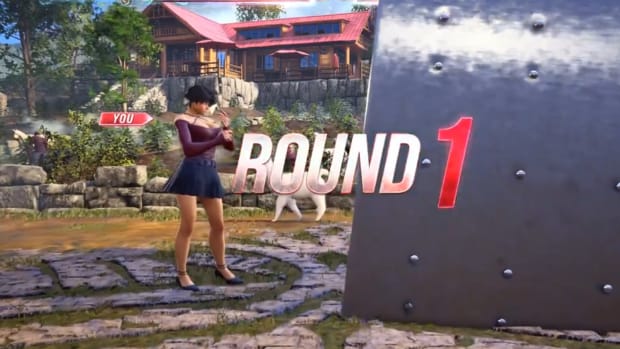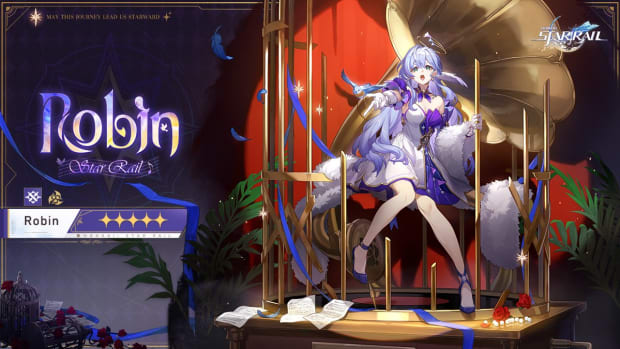
Wild Hearts tips and tricks for beginners

If you’re setting forth in Koei Tecmo, EA, and Omega Force’s new hunting game, let our Wild Hearts tips light your path. Wild Hearts is a more approachable take on monster hunting compared to Capcom’s behemoth series, but it still has a learning curve and doesn’t always explain its best features well. We learned the hard way, so now you don't have to.
Experiment with Karakuri building
The only right way to use Karakuri is however you want to use them. Mess around and see what Karakuri and which formations you like best, and be willing to change it up or try something weird or different to see how it works. The basic crate, for example, is ostensibly there to make jump attacks easier, but you can use them to make layers of defenses in front of you, escape to a high place, or just distract a Kemono. They tend to target Karakuri structures before they target you, so bear that in mind if you need a quick way to make some space between you and them.
Don’t forget to unlock Karakuri
You can unlock new Karakuri with the Kemono orbs earned from slaying large monsters, but it’s easy to forget this is a feature. Wild Hearts only tells you about it once and doesn’t encourage you to do it again after that point.
Pitch your tent
During the Dragon Pit tutorial, Wild Hearts suggests you need to pitch your tent and build a campsite near a Dragon Pit, but that’s not actually true. Assuming the nearest Dragon Pit is unlocked, and you have enough elemental energy, you can pitch a tent anywhere – and you should. Tents, not campfires or any of the other base-building Karakuri, are your fast travel points, so drop them wherever you need to help cut travel time down.
Master more than one weapon
If you’re used to Monster Hunter, you might be tempted to just stick with one or two weapons that you’re comfortable with — and that would be a mistake. Wild Hearts’ weapons lend themselves to different playstyles, and while most of them work for any situation, some Kemono – especially later in the game – are designed with certain weapons in mind.
Monsters with long-range attacks make getting close with a heavy sword or katana dangerous, but the hand cannon or bow are ideally suited for keeping a safe distance without sacrificing damage. Koei Tecmo balanced each weapon so that even seemingly underpowered ones like the bow can take down tough monsters without you having to rely on friends to save your skin. The key is to play to each weapon’s strengths, and to do that, you need some training.
Use the training bear to learn combos
There’s a Karakuri training bear outside your first camp at the great tree, and you should take advantage of it. Unlike basic weapon training in Monster Hunter, training in Wild Hearts actually teaches you the intricacies of how each weapon works, including its more advanced combos. That’s important for any weapon, but particularly for the more complex ones, such as the bladed wagasa, with its spindance meter and tricky parry.
Have a snack
Don’t forget to cook and eat a meal before starting a hunt. It’s easy to overlook this little feature, but meals offer health boosts, strength buffs, and other useful boons that can make a more significant difference in tough battles than you might think.
Don’t be afraid to ask for help
While you can play Wild Hearts entirely on your own, don’t hesitate to summon other hunters if a Kemono is giving you too much trouble. The game adjusts the monster’s strength to match the number of players, but teaming up with even just one other person makes every fight much more manageable. Like in Monster Hunter, you can play multiplayer with just emotes and scripted messages, so you don’t have to worry about unpleasant interactions either.
Build hunting towers
After your first scripted Kemono fight against the giant berry rat, you automatically unlock the Karakuri blueprint for hunting towers. These are the most important Karakuri you can build outside of battle, as they mark any nearby Kemono on your map, including Kemono related to your active quests. These cost elemental points tied to your Dragon Pits, so make sure to dismantle them once you’ve finished and moved on to a new area.
Do your homework
Check the in-game encyclopedia for details about the Kemono you’re hunting. These descriptions are more than just flavor text. They give you important insights into your quarry’s elemental weaknesses and any body parts you should target to make the hunt easier.
Say hello to your little friend
It’s easy to forget about your tiny Tsukumo helper, but they play a vital role in difficult Kemono hunts. Your Tsukumo can scatter Karakuri thread, which you collect automatically without having to pause and harvest it. They may also distract a monster or even attack it for you, giving you a much-needed break so you can heal or plan your next assault.
You can upgrade your Tsukumo at Dragon Pits and have them specialize in offense, defense, or support.





